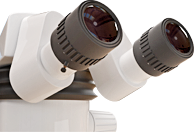Typical Technical Expertise
This page provides links to a glimpse of some of the technical areas where LPD Lab Services have particular experience and a brief guide where and how the laboratory can be of help.


This page provides links to a glimpse of some of the technical areas where LPD Lab Services have particular experience and a brief guide where and how the laboratory can be of help.